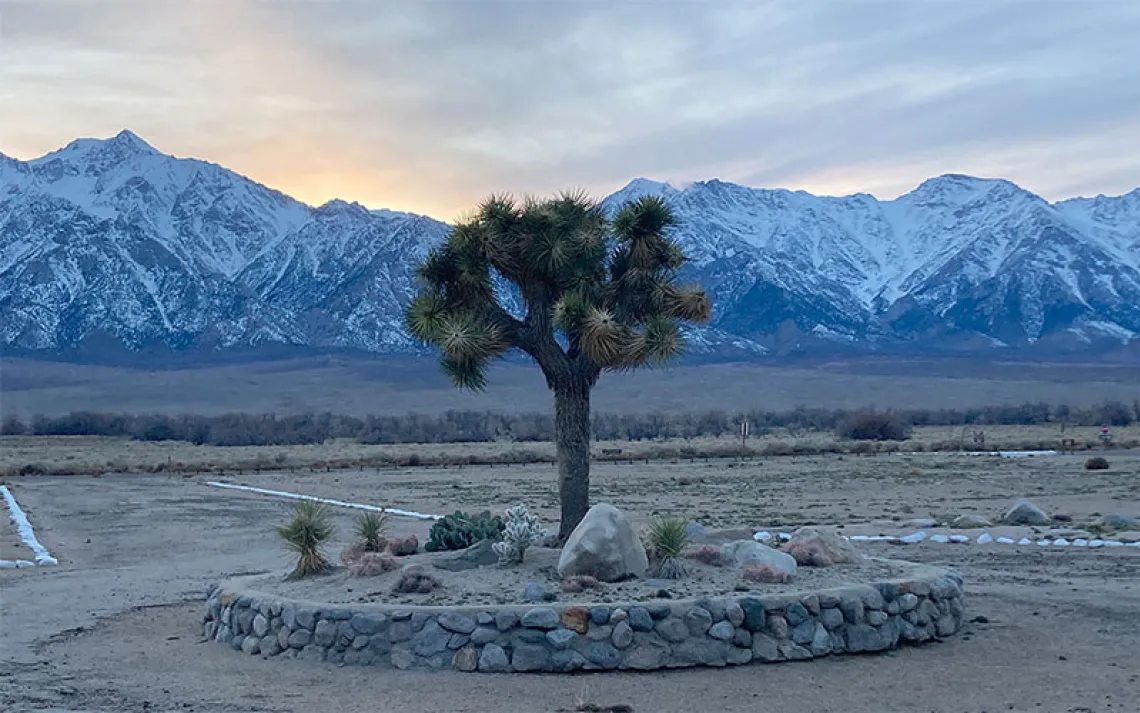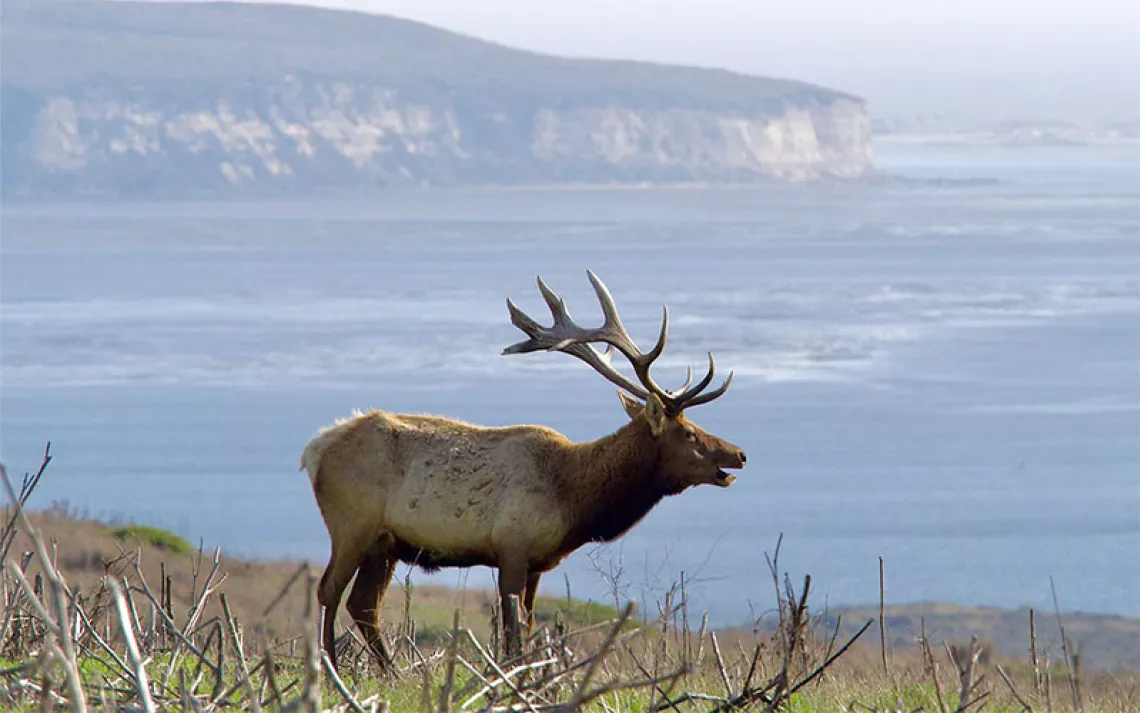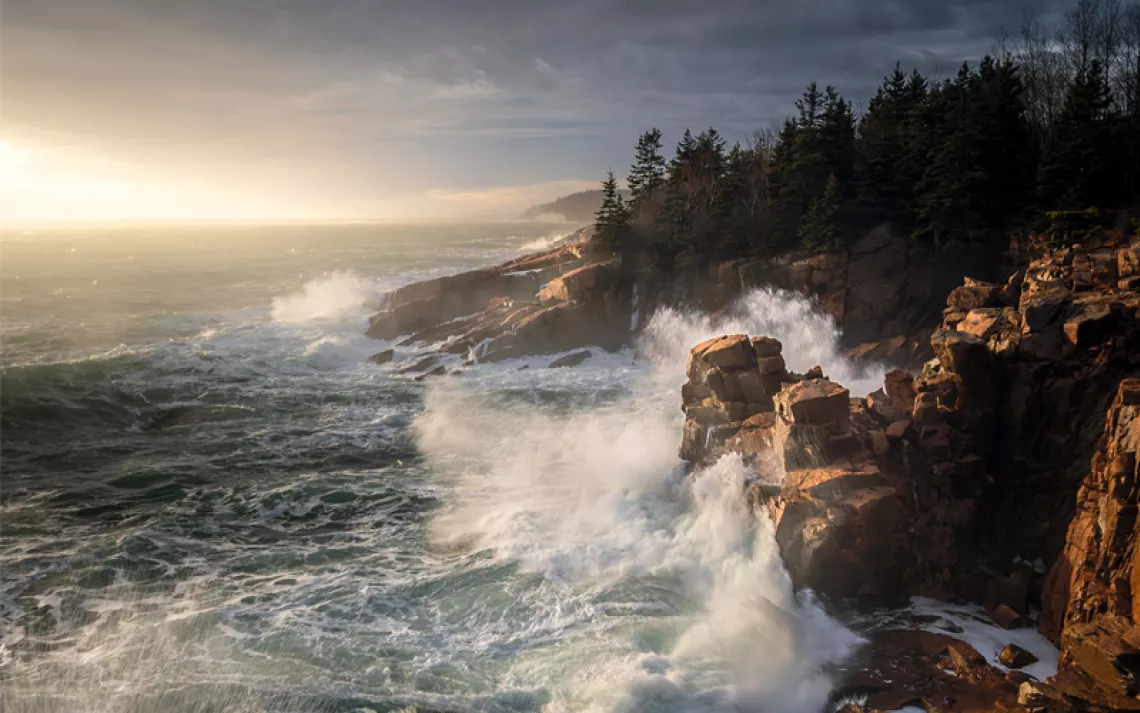Not-So-Free Speech
Park Service public demonstration rules could undermine First Amendment

Members of the group calling themselves Vietnam Veterans Against the War raise clenched fists during a rally at the Lincoln Memorial on December 28, 1971. | Photo by Charles Tasnadi/AP Photo
The National Mall in D.C. and the sidewalk in front of the White House have long been hallowed public forums. The mall has hosted some of the country’s most iconic protests, such as the Women’s March and the 1963 March for Jobs and Freedom, while demonstrations have been taking place in front of the White House at least since the Suffragette parades of the early 20th century. But if Trump’s National Park Service gets its way, demonstrations in the nation’s capital could get a lot more complicated—and, potentially, a lot more expensive.
In August, the National Park Service released proposed rules that would limit the ability of citizens to enact their First Amendment rights in the capital, including proposals to close most of the White House sidewalk to demonstration, remove the current regulation that requires park officials to respond to demonstration permit requests within 24 hours, establish new limits on how long permits can be held, and charge for demonstration permits. The rule closed for public comment October 15, at which point the Interior Department had received over 70,000 comments on the proposals.
Civil liberties watchdogs and other public interest organizations warn that the new rules, if finalized, would hamper the ability of citizens to stage political protests in the nation’s capital. “We are concerned about this because Washington is a prime location, if not the prime location for people to exercise First Amendment rights in this country,” said Arthur Spitzer, legal director of the ACLU of the District of Columbia, who warned about the speed with which the proposal has been developed. “This isn’t something that the National Park Service was working on before the Trump administration. This wasn’t something with a long gestation period.”
Some Park Service veterans have expressed concerns about the rule and and the reasoning behind it. Randolph Myers, a retired National Park Service lawyer who worked for the agency for nearly 30 years, submitted a detailed letter during the public comment period that critiqued the proposal. “The changes proposed would disrupt the delicate balance between guaranteeing the exercise of First Amendment rights and ensuring public safety,” Myers wrote. “These changes, I believe, are unnecessary and unconstitutional, and should be withdrawn.”
The proposed rule includes an array of limitations on political demonstrations, including what Spitzer called a “stealth” proposal to close nearly 80 percent of the White House sidewalk on front of Pennsylvania Avenue. The sidewalk is 25 feet wide, and the Park Service is proposing to close the 20 feet along the White House fence and leave only the five feet along the curb open to pedestrians and demonstrators. “The White House sidewalk in particular is maybe the most iconic place for people to demonstrate and to bring their concerns to the front door of the president,” Spitzer said.
The proposal states that the closure would be for security reasons, but this is puzzling in light of a 2017 decision to erect a new fence around the White House that incorporated “anti-climb and intrusion technology.” The already approved fence is to be over 10 feet tall; the old one was eight feet tall, including its base. Part of the original justification for the new fence was to allow the sidewalk to remain open while maintaining security for the president and White House staff. “The fact that the NPS/Secret Service secured fence project was approved for construction—which after completion would allow the reopening of the entire White House sidewalk—means that there can be no legal justification for the NPS proposed rule to permanently close 80 percent of the White House sidewalk,” Myers wrote.
In addition to closing off the White House sidewalk, the NPS is considering a fee system for demonstration permits on the mall in order to “recover costs” associated with demonstrations, although the proposal does not include details of how such a policy would be implemented. The summary of the rule states, “Demonstrations can have substantial impacts on resources, resulting in a financial burden to the federal government, particularly where structures are involved.” Spitzer believes a fee system would be illegal. NPS lacks statutory or constitutional authority to charge fees for demonstrations,” he wrote in his own public comment to the proposed rules. “NPS cannot balance its budget on the backs of people seeking to exercise their constitutional rights.”
The proposed rule also includes changes to many existing permit policies, including severely restricting citizens’ rights to set up structures and utilize signs. The new rule proposes requiring a permit to put up structures larger than a “speaker’s lectern” during demonstrations, even if the event itself does not require a permit. Not being able to arrange stages, speakers, and other equipment without a permit could hinder spontaneous demonstration, Spitzer warns. The rule also broadens signage regulations that currently apply only to demonstrations on the White House sidewalk to other areas of the National Mall.
Even citizens and public interest groups that obtain permits would face new restrictions under the proposed rule, which identifies new areas of the National Mall where structures would be prohibited, regardless of permit status. The new restrictions are based on an analysis of how structures, such as temporary stages, might impact the “viewshed” of the mall—that is, visitors’ ability to see the monuments and Capitol Building. The ACLU counters that the National Mall isn’t just a tourist spot; it’s a public forum. “This isn’t Yellowstone,” Spitzer said. “It is a place that was set aside from the beginning for public use.”
Lastly, the proposed rule change removes the existing distinction between “special events” and “demonstrations”; although they are still considered separate categories, they both fall under the larger umbrella of “events.” This matters because demonstrations have rights that special events do not, like gathering without a permit. It is possible this new shared category could open up more permit requirements for spontaneous protests.
Courtney Hight, director of the Sierra Club’s Democracy Program, says the proposed limitations on political demonstrations in the capital are part of a broader erosion of First Amendment rights.
“This is an entirely new issue—entirely new at the scale it is operating at,” Hight said. “Since November 2016, Trump’s election, 64 anti-protest bills were introduced in 31 states around the country.... There has been a massive increase since Trump was elected. On the national level, we haven't seen an attack like this since the '60s.” For example, a handful of state legislatures have considered laws that offer immunity to drivers who hit protesters (though none of those bills have passed into law), while Lousiana has passed a law that makes it a felony to trespass on an oil and gas pipeline.
Some National Park Service observers speculate that the proposed restrictions on political demonstrations are coming directly from Interior Secretary Ryan Zinke. The Park Service hasn’t had a director since January 2017, and although David Vela has been nominated for the position, he has not yet been confirmed by the Senate. Some national parks advocates have warned that Zinke has undermined career NPS staffers in the interim period without a director. “There is no National Park Service director right now, so I think we can assume that these ideas are coming directly from the administration, from Secretary Zinke,” said Sierra Club Outdoors director Jackie Ostfeld.
 The Magazine of The Sierra Club
The Magazine of The Sierra Club



